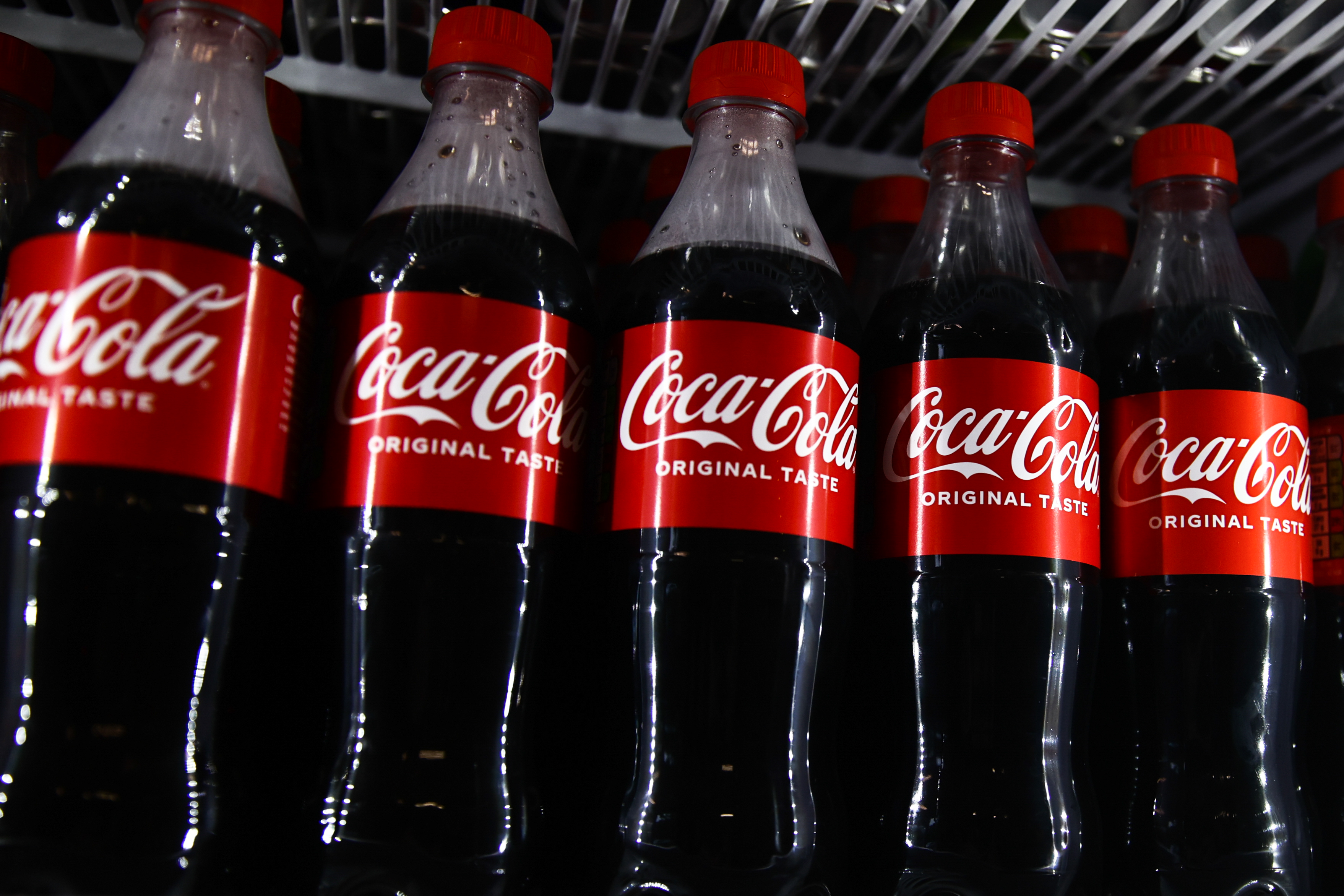Beverage giant Coca-Cola (KO +0.24%) reported third-quarter results last week. The release held a few bullish surprises, starting with the headline numbers. Adjusted earnings rose 30% year over year to $0.82 per share while revenue increased 5% to $12.5 billion. The average Wall Street analyst would have settled for earnings near $0.78 per share on revenue in the neighborhood of $12.4 billion.
But the numbers never tell the whole story. Four of Coca-Cola's less heralded business details caught me by surprise -- in a good way.

NYSE: KO
Key Data Points
1. Operating margins
Coca-Cola's operating margins soared in the third quarter. This important operating metric stopped at 31.9%, up from 30.7% in the year-ago period. The trailing twelve-month average is now at a multi-year high, reaching levels not seen since before the COVID-19 pandemic.
Coca-Cola achieved this boost in spite of serious headwinds from a weakening dollar. That's real expansion, not accounting tricks. Management credited effective cost controls and solid consumer demand for this surprise. After years of hearing about productivity initiatives, they're actually dropping to Coca-Cola's bottom line. Beautiful.
2. North American resilience
Then there's the all-important North American operating segment. Everyone's worried about the U.S. consumer, right? But when you look at the numbers, Coke's North American revenue rose 4% year over year. That's faster than arch-rival PepsiCo's (PEP 1.64%) 2% gain in the same market.
And Coke didn't sacrifice bottom-line earnings to reach this stable plateau. Yes, marketing expenses increased -- but to a sensible degree. A beefy advertising budget would have weighed down the operating margins I talked about earlier. So it's a robust domestic performance despite tough macroeconomic conditions. That's not too shabby.

Image source: Getty Images.
3. Diet Coke is coming back!
The next one came as a surprise to Coca-Cola's management, too. Everyone expects the newer and arguably better-tasting Coke Zero to take over the old Diet Coke product's role over time. Diet Coke has been sliding into obsolescence over the last decade, yielding shelf space to Coke Zero.
But that slide is reversing right now.
Diet Coke's case volumes rose 2% year over year -- far behind Zero's 14% gain but still a significant uptrend. People are buying the older product again in North America and Asia Pacific. And management won't mind adding some support to this unexpected trend.
Two formerly discontinued Diet Coke flavors are coming back to North America this fall, starting with a limited test run of Diet Coke Lime in October and the permanent return of Diet Coke Cherry in early 2026. I don't know how much of a difference these throwback launches will make, but Coca-Cola seems ready to take the right action based on real-world business data.
4. Coke took effective action in September
On that note, Coca-Cola showed that it can control its own fate in the third quarter. Business was rather slow in August as consumers faced economic uncertainty, particularly in Latin America and Asia. So the company took resolute action.
"Clearly we got a bit better in September, some sequential improvement," said CEO James Quincey on the earnings call. "That was a doubling down by the system, increases in marketing and focus in innovation from us working with the bottlers on some affordability and revenue management options and some step-ups in execution."
In other words, Coca-Cola didn't sit on its hands when some markets showed lower activity than expected. It sort of made its own weather, increasing the thirst for Coke products in a few lagging markets.
"I don't think the environment changed markedly in September from July and August," Quincey continued. "We just got more focused on drilling down into what needed to be done and to driving the quarter."
That's what I like to see in the C-suite -- an action-oriented management team with effective levers to pull when the market looks slow.